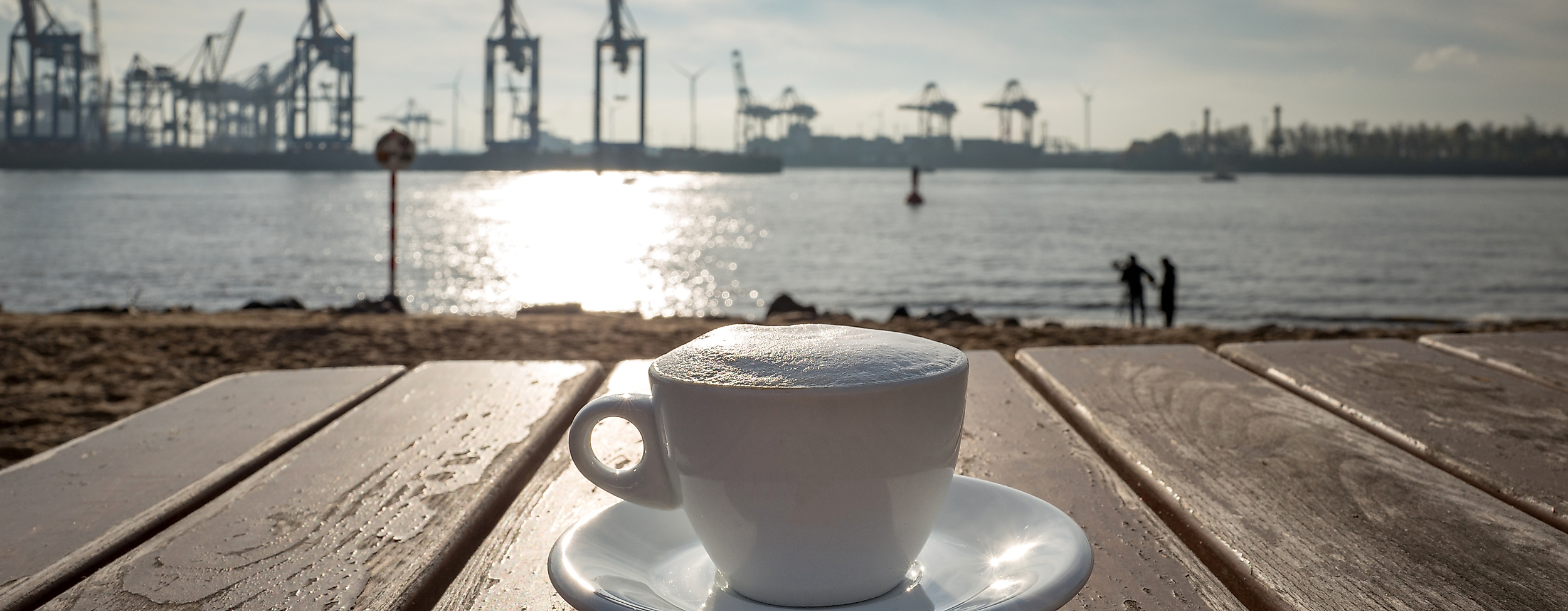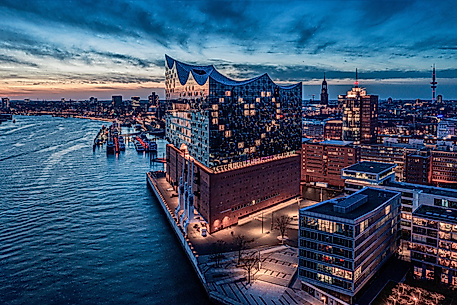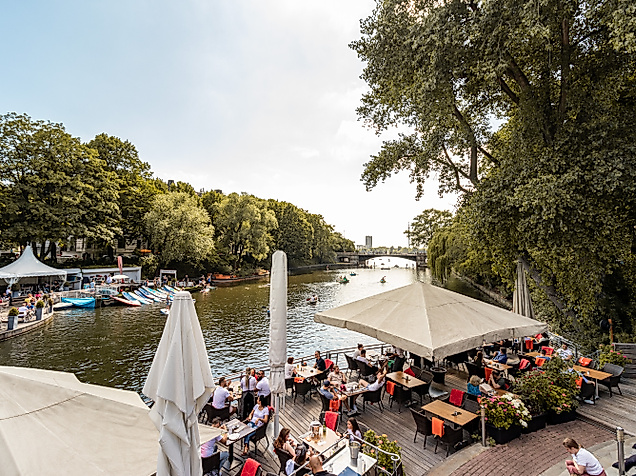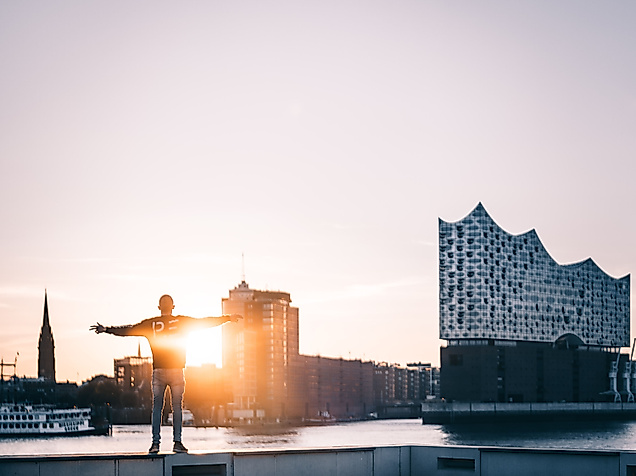

Hamburg and its coffee history
How the fragrant brown gold came to the Hanseatic city
Coffee history, which still shapes the city today Hamburg loves coffee
Every day, around 72 percent of the German population start their day with a cup of coffee. The caffeinated hot drink has become a necessity for many and one of the most popular luxury foods. For our Hanseatic city, the drink plays a particularly important role – and not because many would oversleep without their daily dose of caffeine. After all, today Hamburg is considered the world's most essential location for coffee transshipment. Find out how Hamburg became the coffee capital and what significance the coffee trade still has today.
Today, the people of Hamburg can enjoy the brown gold at almost every corner, for example at Kaffee Stark or Café El Rojito. However, the first coffee house was opened in 1677 after well-travelled merchants reported enthusiastically about the drink from overseas. The new discovery became a sensation in no time; the coffee trade spread like an avalanche and seemed to be a great investment. At least that was the case until the authorities introduced several restrictions into the coffee market, limiting coffee consumption. The combination of the strict regulations and the difficulties with direct trade stalled the coffee revolution for the time being.
A better and promising time for coffee merchants did not come until the German Kaiserreich. In 1886, the association "Verein der am Kaffeehandel beteiligten Firmen zu Hamburg" was founded, which also promoted the establishment of the futures exchange for coffee at Sandtorkai in 1887. An impressive 24 million bags of coffee were traded on the exchange in the first year and a half. The Speicherstadt developed into the centre of Hamburg's coffee trade and continued to boost sales.
Despite the potential for success in the world of coffee, an unpredictable period of crisis followed. During the Second World War, the Coffee Exchange fell victim to bombs, resulting in a huge loss of capital. But new hope blossomed with the rebuilt Coffee Exchange. Unfortunately, the owners lacked the flair and turnover to launch a potential economic miracle.
As we now know, however, this defeat did not stand in the way of the coffee trade forever. The industry was saved by the Neumann Kaffee Gruppe, which is still regarded as the world's leading service provider for the coffee trade. With over 3,000 employees and 50 companies, the company has grown tremendously, even selling over 15 million bags of green coffee in 2016.
Hamburg has remained the largest trading centre for coffee in Europe to this day. The heart of Hamburg's coffee trade lies in the Speicherstadt. The German Coffee Association, some of the largest and most renowned coffee traders and roasters such as Darboven, Tchibo and the Neumann Coffee Group, as well as many small companies are located there. It is estimated that more than 50 companies are active in Hamburg's coffee industry today.
Around 700,000 tonnes of coffee are handled in the Port of Hamburg every year.
Coffee is the Germans' favourite drink: Every German drinks over 160 litres on average per year. More than half of Germany's coffee imports come to Hamburg. This makes the Port of Hamburg not only the most important import port for coffee in Germany, but even in Europe.
Real coffee beans were such a rare delicacy not so long ago and that the people had to make do with surrogates made from grain, root chicory or acorns can hardly be imagined today. By now, Hamburg is once again Europe's leading transhipment centre for green coffee. Every year, an astonishing 700,000 tonnes of coffee are imported through the Port of Hamburg and 400,000 tonnes are exported.
In conclusion, the coffee trade had to go through a long journey before coffee beans could be found in almost every household. This provides an entirely new perspective on the otherwise taken-for-granted coffee to go. By the way, you can discover even more exciting perspectives on coffee at the Coffee Museum Burg.
Search
Languages
Google translator for other languages
Please note that this is an automatic translation.
For better information, you can always switch to the German or English version




